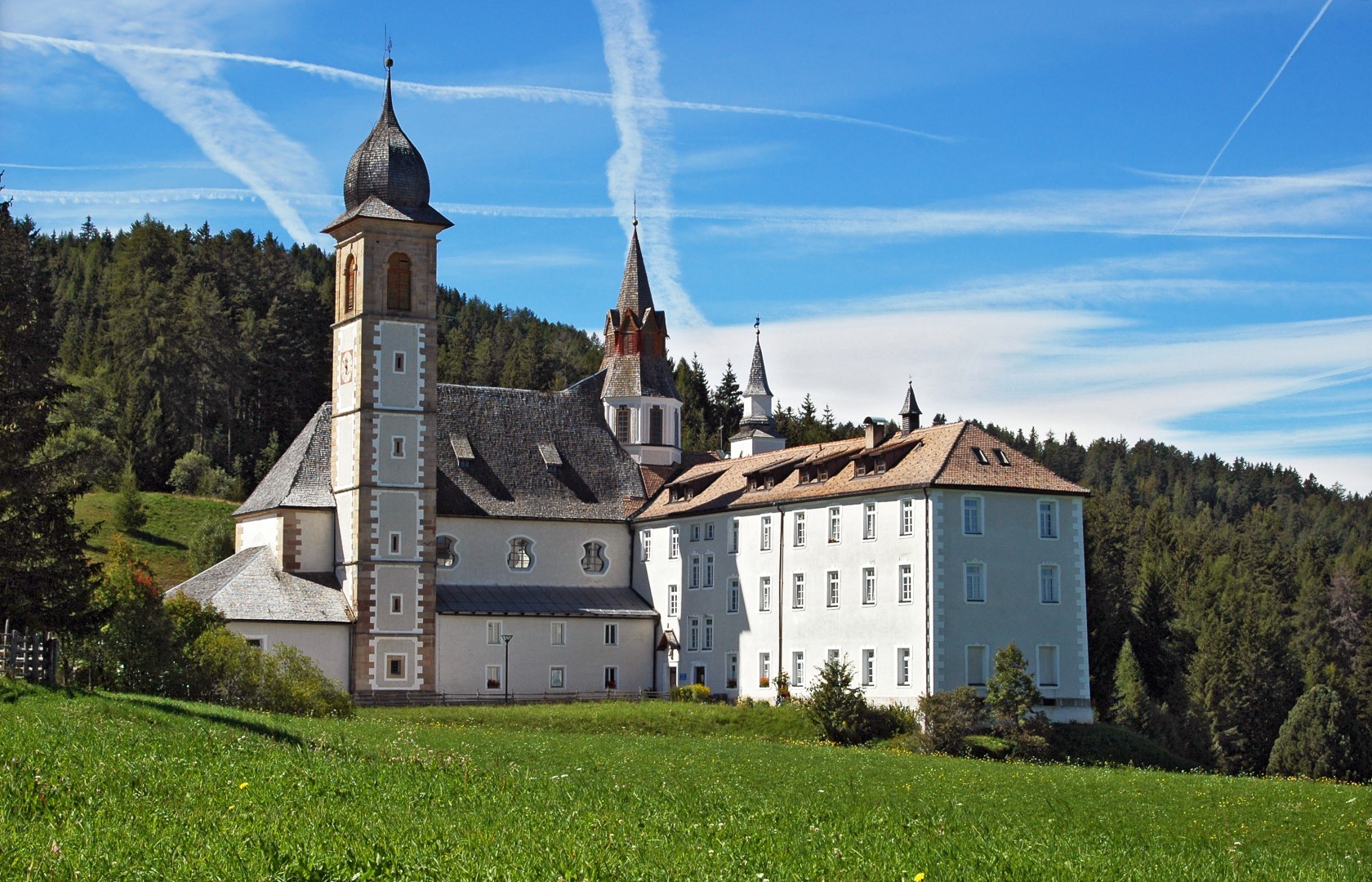The origins of the famous pilgrimage site Maria Weißenstein (which is situated on about 1530 m asl) date back to the year 1553, as the virgin Mary appeared to the mountain farmer Leonhard Weißensteiner and he consequently healed from his disease.
In order to show his gratitude she asked him to build a chapel where believers could go and pray for her. However, the original chapel soon turned into a crowded pilgrimage site and this is why it was necessary to build a real church.
The basilica, as we know it today, has been concluded in 1654 and is a wonderful example of baroque style.
The church features the original chapel, which was built by L. Weißensteiner, the high altar, which is overlaid with beaten gold and silver, the wonderful frescos on the arches (made by Adam Mölk), the side altars by Pußjägers as well as different other artworks made by A. Silber and F. Haider. There is also a statue of the grieving Madonna with the dead son lying in her lap, which is still particularly worshipped by the numerous visitors.
To enter the church you need to pass through a hall where hundreds of votive signs are kept, while right next to the church there is the chapel of the St. Peregrin Lasiosi, patron of cancer patients.
Golf Club Petersberg
Petersberg – Unterwinkl 5
I – 39050 NOVA PONENTE (BZ)
Tel +39 0471 615 122
P-Iva Nr. 01325160214
info@golfclubpetersberg.it
Media
Close Menu


